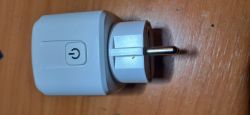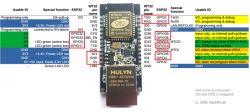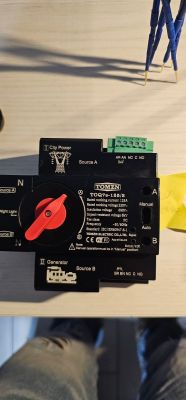Hello Colleagues,
I am struggling with the problem of sending a complete query to the weather server. This process performed from terminal RealTerm or . Terminal by Br@y++ ends with success , i.e. receiving the data sent after a while from the weather server, while executed from the processor level (via the UART) ends with no response from the server and a server timeout. I suspect that the CPU side function interprets and sends special characters in a different way, while the terminals interpret and send special characters in a different way and hence the server does not get a complete query. I will give examples below:
in RealTerm's send:
.
and after a while
selecting each time to append CR+LF at the end and I get the correct server response to such a query. Similarly in the terminal Br@y++ I send:
.
and after a while
.
So basically the same thing, I just encode the special characters in a different way. As far as the processor is concerned, I harness a simple function like the following to send:
.
which uses:
.
and I send the same as above as follows:
.
and after a while
.
And lime... The server doesn't respond but waits and waits and then reports a timeout...as if the request is not complete. Asking for suggestions, for which I thank you in advance.... robiw
I am struggling with the problem of sending a complete query to the weather server. This process performed from terminal RealTerm or . Terminal by Br@y++ ends with success , i.e. receiving the data sent after a while from the weather server, while executed from the processor level (via the UART) ends with no response from the server and a server timeout. I suspect that the CPU side function interprets and sends special characters in a different way, while the terminals interpret and send special characters in a different way and hence the server does not get a complete query. I will give examples below:
in RealTerm's send:
Code: C / C++
and after a while
Code: C / C++
selecting each time to append CR+LF at the end and I get the correct server response to such a query. Similarly in the terminal Br@y++ I send:
Code: C / C++
and after a while
Code: C / C++
So basically the same thing, I just encode the special characters in a different way. As far as the processor is concerned, I harness a simple function like the following to send:
Code: C / C++
which uses:
Code: C / C++
and I send the same as above as follows:
Code: C / C++
and after a while
Code: C / C++
And lime... The server doesn't respond but waits and waits and then reports a timeout...as if the request is not complete. Asking for suggestions, for which I thank you in advance.... robiw





